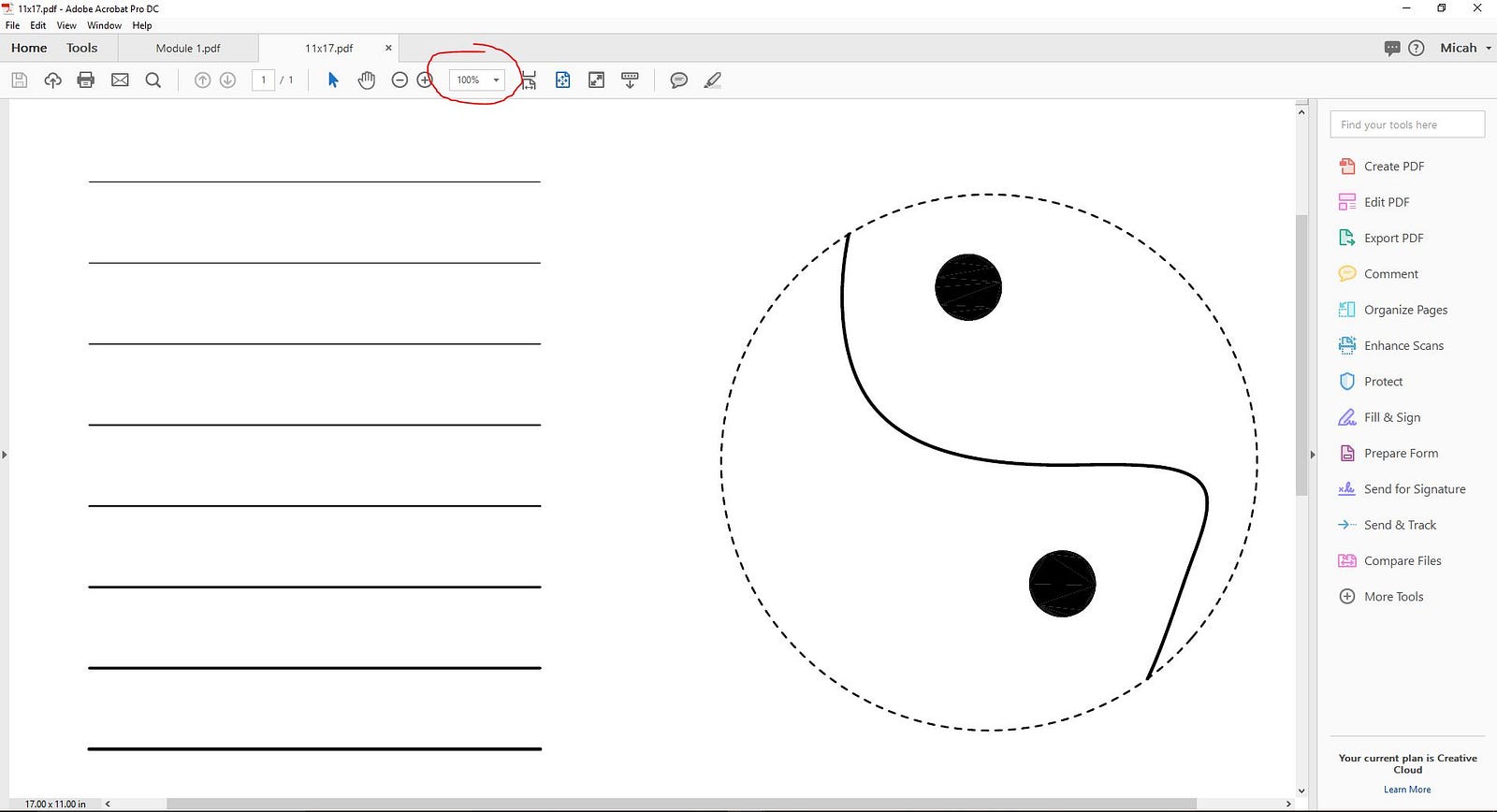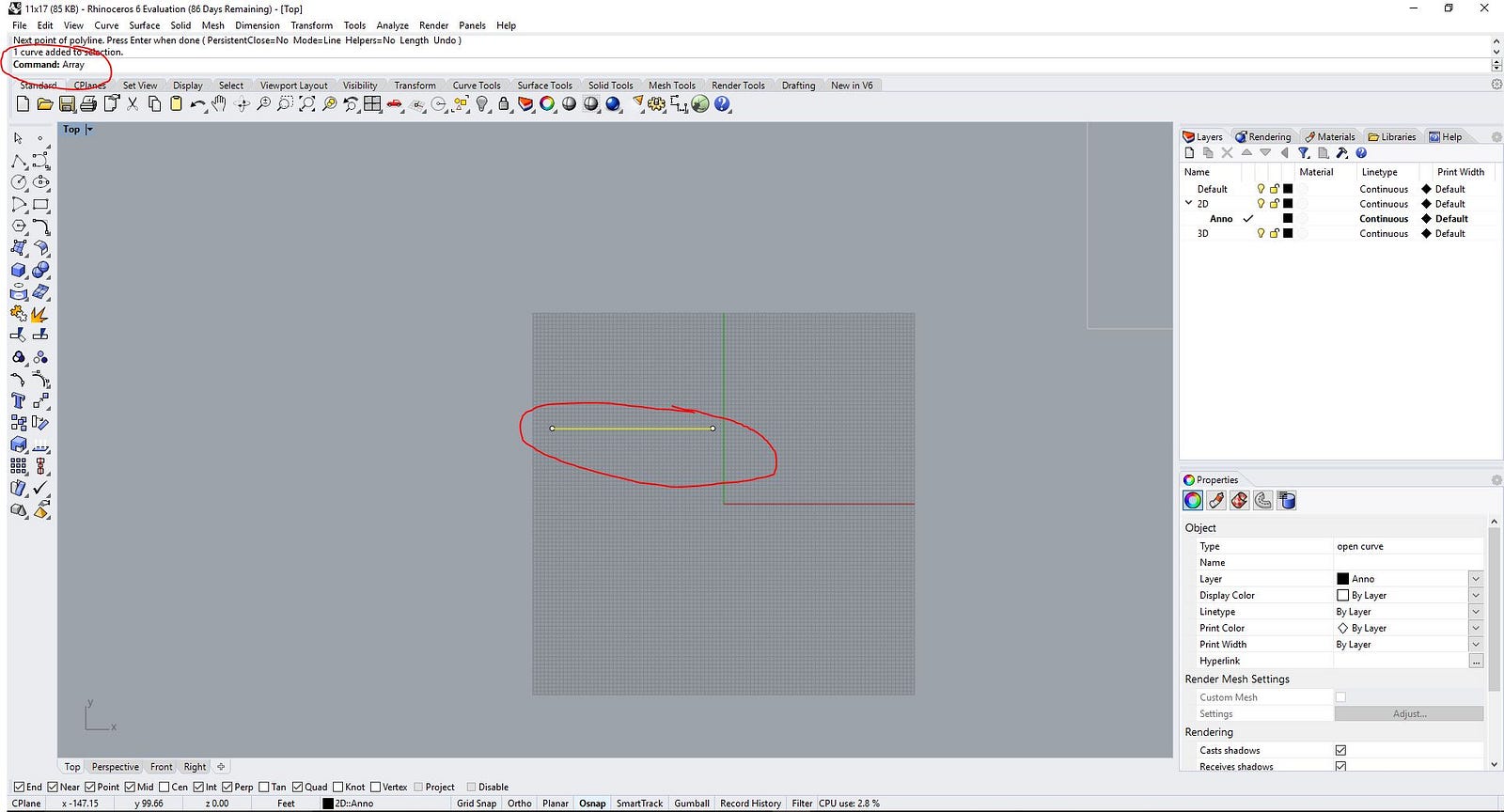| Class | Description |
|---|---|
| AngularDimension | Represents a dimension of an entity that can be measured with an angle. This entity refers to the geometric element that is independent from the document. |
| AnnotationBase | Provides a common base class to all annotation geometry. This class refers to the geometric element that is independent from the document. |
| ArcCurve | Represent arcs and circles. ArcCurve.IsCircle returns true if the curve is a complete circle. |
| AreaMassProperties | Contains static initialization methods and allows access to the computed metrics of area, area centroid and area moments in closed planar curves, in meshes, in surfaces, in hatches and in boundary representations. |
| BezierCurve | Represents a Bezier curve. Note: as an exception, the bezier curve is not derived from Curve. |
| Brep | Boundary Representation. A surface or polysurface along with trim curve information. |
| BrepEdge | Represents a single edge curve in a Brep object. |
| BrepFace | Provides strongly-typed access to brep faces. A Brep face is composed of one surface and trimming curves. |
| BrepLoop | Represent a single loop in a Brep object. A loop is composed of a list of trim curves. |
| BrepRegion | Represents a brep topological region that has sides. |
| BrepRegionFaceSide | |
| BrepTrim | Brep trim information is stored in BrepTrim classes. Brep.Trims is an array of all the trims in the brep. A BrepTrim is derived from CurveProxy so the trim can supply easy to use evaluation tools via the Curve virtual member functions. Note well that the domains and orientations of the curve m_C2[trim.m_c2i] and the trim as a curve may not agree. |
| BrepVertex | |
| ClippingPlaneSurface | Represents a planar surface that is used as clipping plane in viewports. |
| Curve | Represents a base class that is common to most RhinoCommon curve types. A curve represents an entity that can be all visited by providing a single parameter, usually called t. |
| CurveProxy | |
| DetailView | Represents a view of the model placed on a page layout. |
| Extrusion | Represents an extrusion, or objects such as beams or linearly extruded elements, that can be represented by profile curves and two miter planes at the extremes. |
| GeometryBase | Provides a common base for most geometric classes. This class is abstract. |
| Hatch | Represents a hatch in planar boundary loop or loops. This is a 2d entity with a plane defining a local coordinate system. The loops, patterns, angles, etc are all in this local coordinate system. The Hatch object manages the plane and loop array Fill definitions are in the HatchPattern or class derived from HatchPattern Hatch has an index to get the pattern definition from the pattern table. |
| InstanceDefinitionGeometry | |
| InstanceReferenceGeometry | Represents a reference to the geometry in a block definition. |
| Interpolator | Exposes a set of standard numeric interpolation algorithms. |
| Leader | Represents a leader, or an annotation entity with text that resembles an arrow pointing to something. This class refers to the geometric element that is independent from the document. |
| Light | Represents a light that shines in the modeling space. |
| LinearDimension | Represents a linear dimension. This entity refers to the geometric element that is independent from the document. |
| LineCurve | |
| Matrix | Represents an arbitrarily sized matrix of double-precision floating point numbers. If you are working with a 4x4 matrix, then you may want to use the Transform class instead. |
| Mesh | Represents a geometry type that is defined by vertices and faces. This is often called a face-vertex mesh. |
| MeshingParameters | Represents settings used for creating a mesh representation of a brep or surface. |
| MeshPart | |
| MeshPoint | Represents a point that is found on a mesh. |
| MorphControl | Represents a geometry that is able to control the morphing behaviour of some other geometry. |
| NurbsCurve | Represents a Non Uniform Rational B-Splines (NURBS) curve. |
| NurbsSurface | Represents a Non Uniform Rational B-Splines (NURBS) surface. |
| OrdinateDimension | Represents the geometry of a dimension that displays a coordinate of a point. This class refers to the geometric element that is independent from the document. |
| Particle | Represents a simple particle. This base class only defines position and display properties (size, color, bitmap id). You will most likely create a class that derives from this particle class to perform some sort of physical simulation (movement over time or frames). |
| ParticleSystem | |
| PlaneSurface | Represents a plane surface, with plane and two intervals. |
| Point | Represents a geometric point. This is fundamentally a class that derives from GeometryBase and contains a single Point3d location. |
| Point3dGrid | |
| PointCloud | Represents a collection of coordinates with optional normal vectors and colors. |
| PointCloudItem | Represents a single item in a pointcloud. A PointCloud item always has a location, but it has an optional normal vector and color. |
| PolyCurve | Represents a curve that is the result of joining several (possibly different) types of curves. |
| Polyline | Represents an ordered set of points connected by linear segments. Polylines are closed if start and end points coincide. |
| PolylineCurve | Represents the geometry of a set of linked line segments. This is fundamentally a class that derives from Curve and internally contains a Polyline. |
| RadialDimension | Represents a dimension of a circular entity that can be measured with radius or diameter. This entity refers to the geometric element that is independent from the document. |
| RevSurface | Represents a surface of revolution. Revolutions can be incomplete (they can form arcs). |
| RTree | Represents a spatial search structure based on implementations of the R-tree algorithm by Toni Gutman. |
| RTreeEventArgs | Represents event data that is passed when when an item that meets certain criteria is found and the passed RTree event is raised. |
| SpaceMorph | |
| SumSurface | Represents a sum surface, or an extrusion of a curve along a curved path. |
| Surface | Represents a base class that is common to most RhinoCommon surface types. A surface represents an entity that can be all visited by providing two independent parameters, usually called (u, v), or sometimes (s, t). |
| SurfaceCurvature | Maintains computed information for surface curvature evaluation. |
| SurfaceProxy | Provides a base class to brep faces and other surface proxies. |
| SweepOneRail | Utility class for generating breps by sweeping cross section curves over a single rail curve. |
| SweepTwoRail | Utility class for generating breps by sweeping cross section curves over two rail curves. |
| TextDot | Represents a text dot, or an annotation entity with text that always faces the camera and always has the same size. This class refers to the geometric element that is independent from the document. |
| TextEntity | Represents text geometry. This class refers to the geometric element that is independent from the document. |
| Unroller | Represents the operation of unrolling a single surface. |
| VolumeMassProperties | Contains static initialization methods and allows access to the computed metrics of volume, volume centroid and volume moments in in solid meshes, in solid surfaces and in solid (closed) boundary representations. |


Rhino Mac Line Weights For Beginners
Rhino for Mac: The world’s most versatile 3D modeler, available on macOS. Learn more New in Rhino 7. Rhino 7 is the most significant upgrade in our history. Create organic shapes with our new SubD tools. Run Rhino and Grasshopper as a Revit® Add-On with Rhino.Inside.Revit. Hello, I have a mesh and i would like to make a 2d drawing to control my line weights with illustrator after. Problem is the mesh is so heavy that when i use the command 'make 2d drawing under dimension tab it gives me no result. Make sure you view your PDF at 100% scale to check your line weights, and make sure that “enhance thin lines” is unchecked. It is found in editpreferences. You can always change your line weights. Support for SHX fonts, to get thin text or text by line weight (faster performance too). Display order control It would be nice if I could set a custom order for the different types of display modes under Rhino Options→Appearance→Advanced Settings. Feb 14, 2018 Make sure you view your PDF at 100% scale to check your line weights, and make sure that “enhance thin lines” is unchecked. It is found in editpreferences. You can always change your line weights.
How to Create a Grunge Effect in Illustrator

Tutorialsby Diego Sanchez

Rhino Lineweight
Sometimes, when you need to give to your graphics a grunge look & feel usually the first thing you think is to make it in Photoshop. But there is a method (in fact, various) to make a grunge effect in Illustrator and keep you design in the original vector format you make it. Today, you will learn how easy is to make a grunge effect in Illustrator that can be used over any element you want, text, logos or even backgrounds. All you will need to begin is the grunge texture image you want to use, preferably in black and white.
